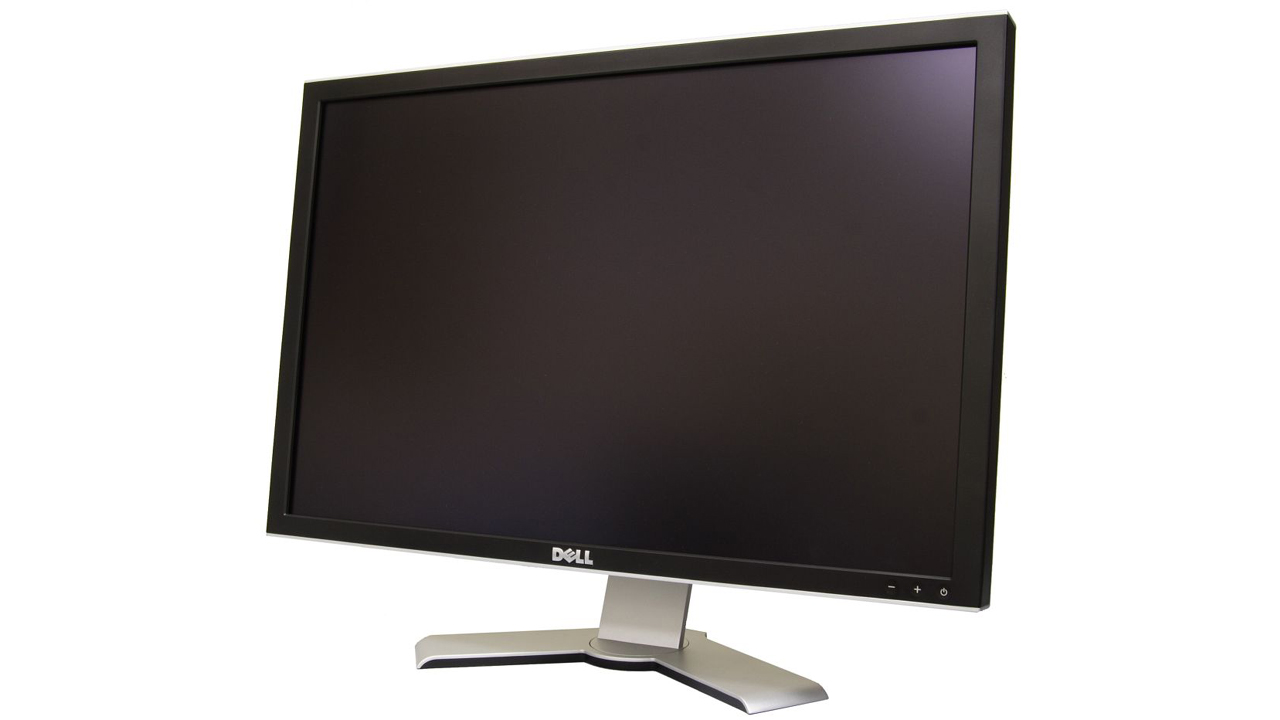How overclocking your monitor really can work
Adding a few Hz wouldn't hurt

Ambivalent at the best of times. That's pretty much my attitude to overclocking PCs.
The fact is, you usually can't feel the difference between an stock clocked PC and another one that's identical save for overclocking.
And don't even talk to me about the liquid nitrogen-cooled stunts the big chip makers (mentioning no names!) sometime pull to prove the overclocking prowess of their latest multi-core baby. It's all so futile.
OK, overclocking components does make things run faster. You'll encode video faster. And if your CPU, for instance, just so happens to be dragging in-game frames down to the very cusp between smooth and chuggy frames rates, fettling with the frequency can help.
Brave new world
But what if there was a new type of overclocking that delivered results you could feel all the time? When it works at, least.
I give you monitor overclocking. At this stage, quite a few of you will be wondering what devilry this is and why you'd entertain such a thing, much less how you'd go about it.
Funnily enough, the whole thing started when the first 3D monitors compatible with Nvidia's 3D Vision active-shutter tech appeared. To alternately feed an image to each eye, these screens needed to be capable of double the refresh rate of conventional PC monitors.
Get daily insight, inspiration and deals in your inbox
Sign up for breaking news, reviews, opinion, top tech deals, and more.
Thus I discovered that 120Hz rather than 60Hz looks lovely. Even on the desktop, just shunting windows around. It looks incredibly slick, feels incredibly responsive. Try it once and you won't want to go back to 60Hz.
More than the eye can see
That was actually a surprise for me as I generally had a hunch that 60Hz was enough to max out the bandwidth of the human eye. It's also interesting to note that feature films feel smooth at the standard 24 frames per second (or 24Hz) and the new high-frame-rate movie format, as used for the Hobbit, is just 48 frames per second.
But that's a whole separate can of worms. Trust me on this, 120Hz panels are lovely. But can you possibly achieve that with your existing monitor.
The short answer is very probably not. But you might be able to crank up the clocks, or the refresh a bit.
You do it with a new tool cooked up by Nvidia. In fact, Nvidia isn't supplying the tool itself. It's being distributed by graphics card vendors. But the tool works with Nvidia cards from any vendor.
I've tested it on on cards as old as a GeForce 7900 and as new as a GeForce GTX 670 and it seems to work on any remotely modern GeForce card. You can get a copy of the EVGA version of the tool here.
Minority report
Anyway, the first thing to to say is that your mileage will vary. I've tested it on several monitors and the hit rate is probably a little under 50 per cent. Most just won't overclock at all.
Of those that do, not many will work without issue beyond 85Hz or so. Some are capable of just a few extra Hz.
If that sounds like the fun is over before it's begun, even 85Hz is enough for a tangible improvement. In fact, I'm not totally sure I could distinguish 85Hz from 120Hz reliably. So maybe that biological limit isn't too far away from 85Hz.
Whatever, the last part of the puzzle is the prospect of bricking your monitor. Nvidia says there's basically no risk of that, though the fact remains you absolutely do this at your own risk.
I've got a big old 30 incher hooked up to my main production rig. It's about £2k's worth (well, it was when new) and it will overclock a bit. It's recently gone out of warranty.
But am I man enough to run it overclocked indefinitely? Can I phone a friend on that one?
Technology and cars. Increasingly the twain shall meet. Which is handy, because Jeremy (Twitter) is addicted to both. Long-time tech journalist, former editor of iCar magazine and incumbent car guru for T3 magazine, Jeremy reckons in-car technology is about to go thermonuclear. No, not exploding cars. That would be silly. And dangerous. But rather an explosive period of unprecedented innovation. Enjoy the ride.